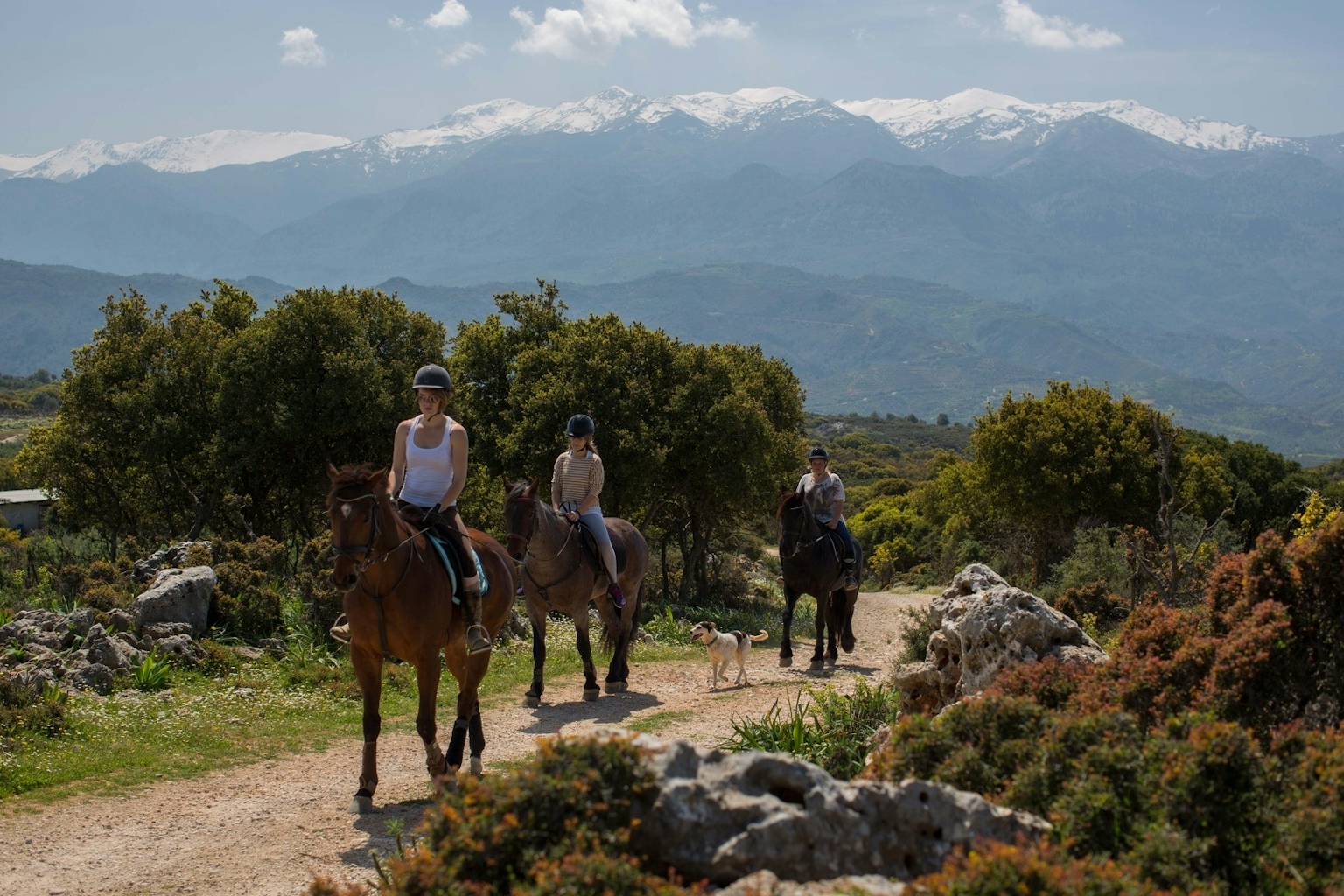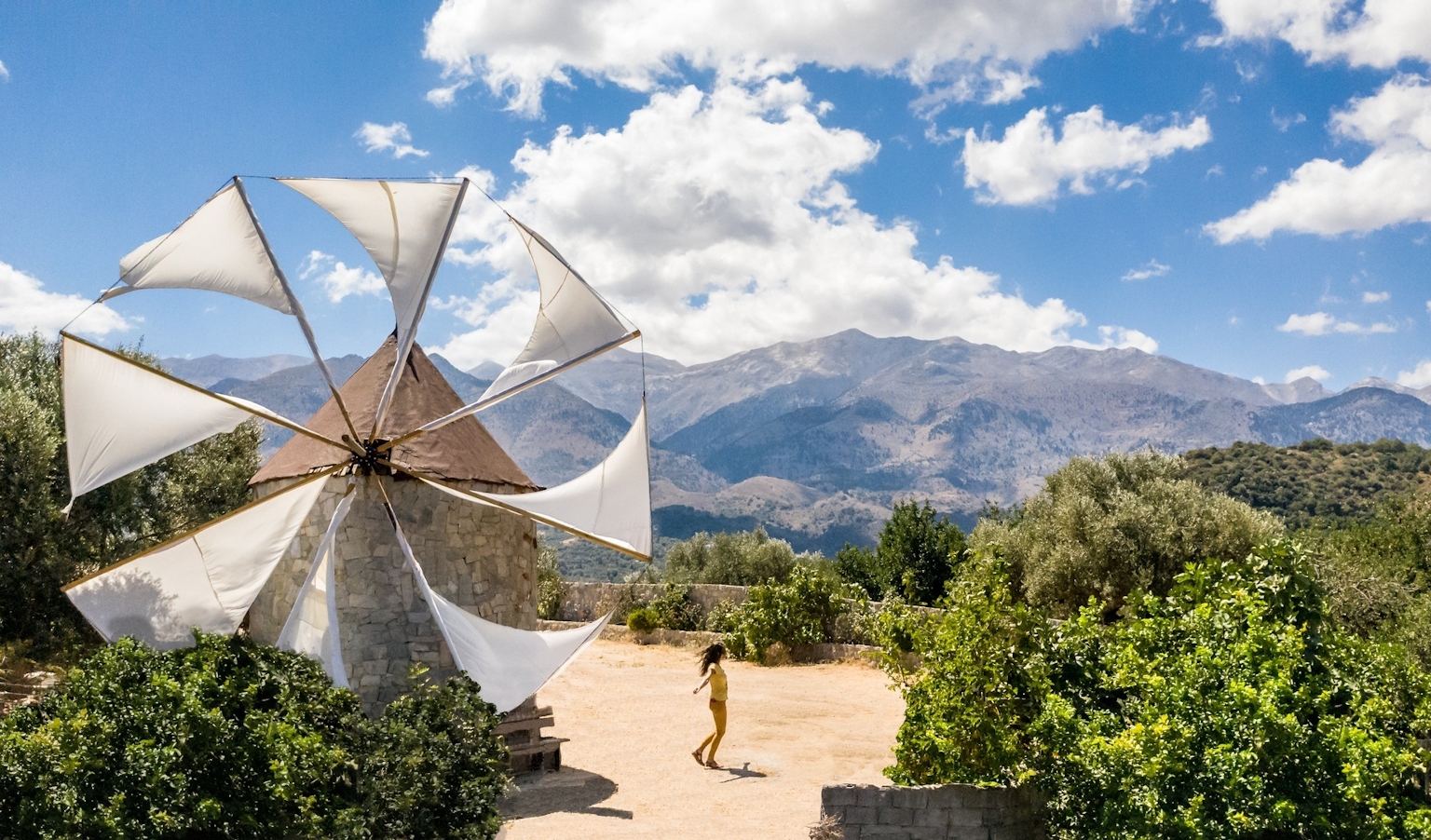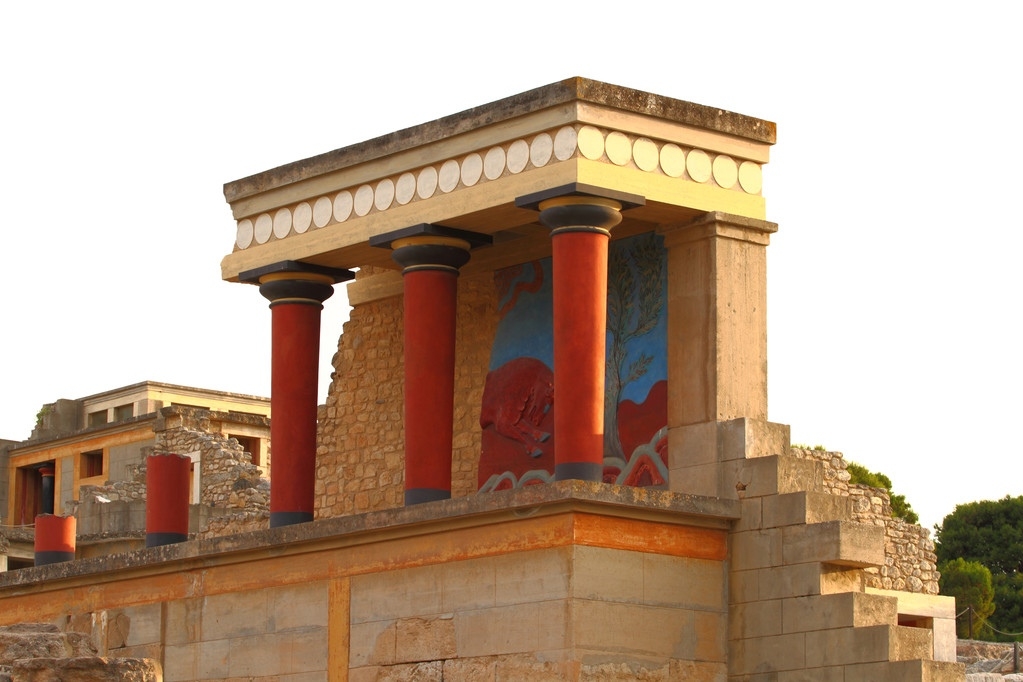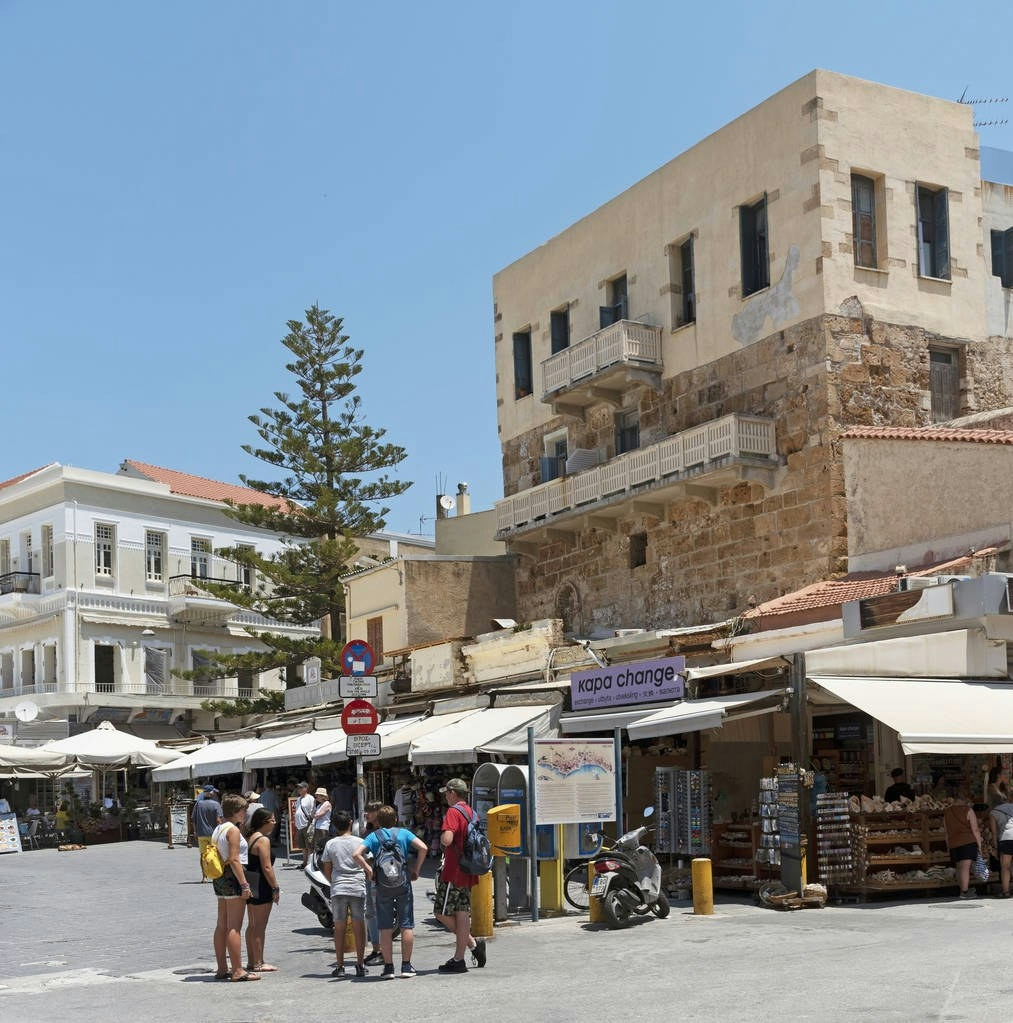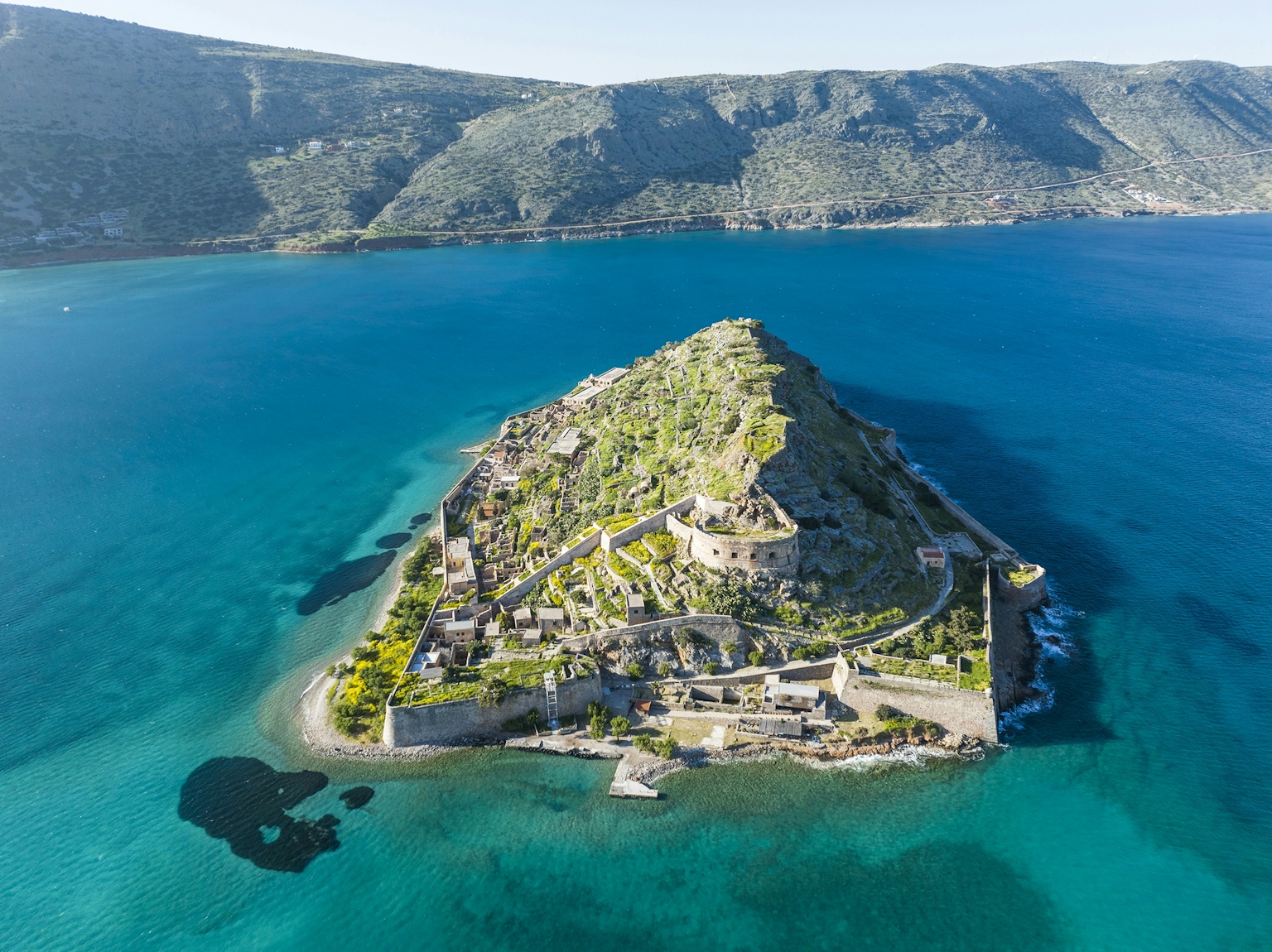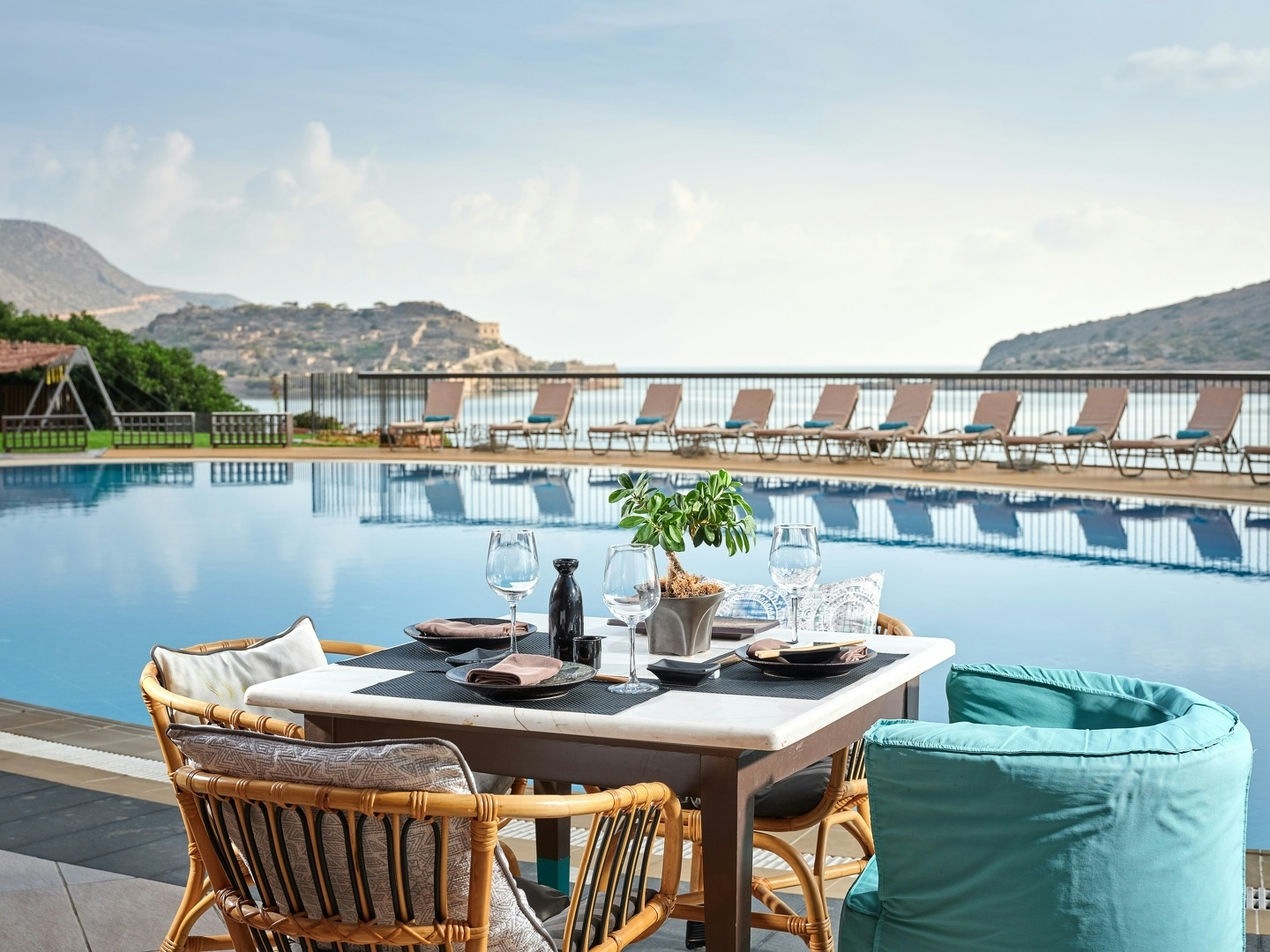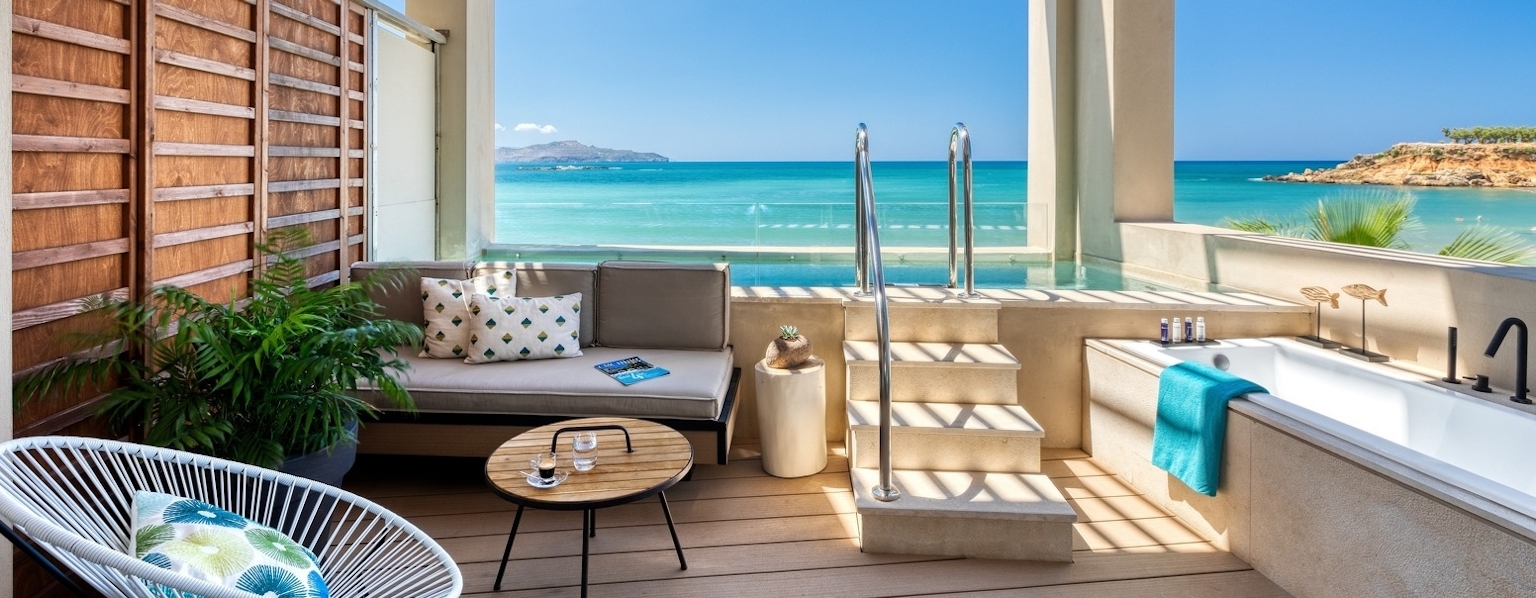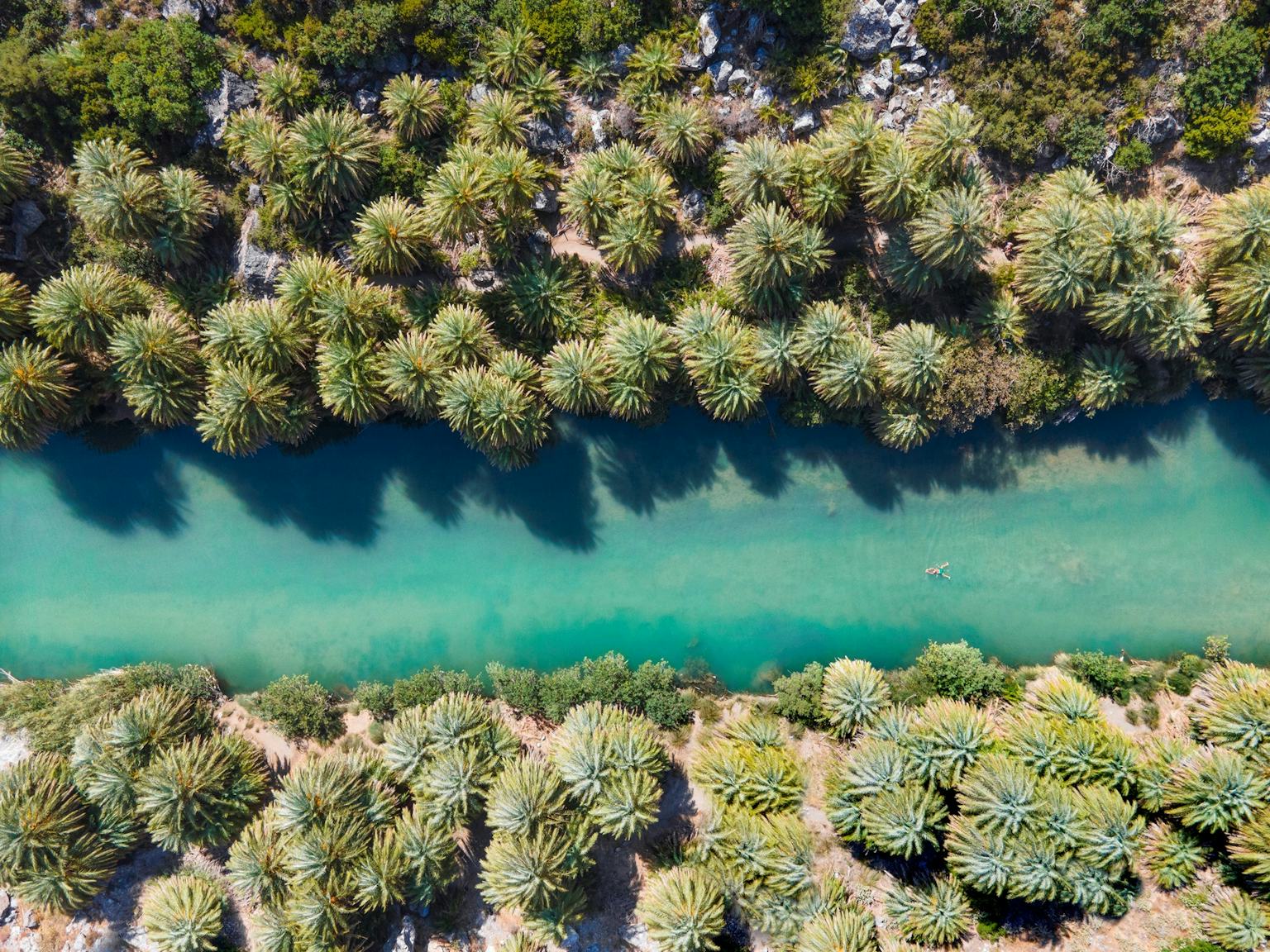
The four seasons on the island
Crete falls within the Mediterranean climatic zone, characterised by a temperate climate. The humidity levels can vary depending on the proximity to the sea.
Winters in Crete are generally mild and wet, with a significant amount of rainfall, particularly in the western regions. While snowfall is rare in lowland areas, it is quite common in the mountainous regions.
During the summer months, average temperatures typically range from 25 to 30 degrees Celsius.
The 4 seasons
During the summer in Crete, the weather is generally cool to hot, with temperatures ranging from 20 to 30 degrees Celsius. It's advisable to wear shorts and a short-sleeved T-shirt during the day, and you may want to have a cardigan for cooler evenings. Don't forget to wear a hat and sunglasses, and it's a good idea to carry water with you.
Autumn in Crete is cooler than summer, but temperatures generally remain high, and the weather is quite pleasant. You can opt for trousers or shorts paired with a T-shirt during the day, but you might need something warmer, especially in the mountains, for the cooler nights.
Winter in Crete brings cold weather, with snowfall in the mountains and frequent rainfall. Nevertheless, the island still experiences many sunny days.
During spring in Crete, the weather can be quite unpredictable. Some days are warm and sunny, while others resemble winter conditions. It's advisable to have clothing suitable for all weather conditions when visiting during this season.
Sun, Rain and Snow
Most places in Crete enjoy plenty of sunshine, especially during the summer months when daylight can extend until 9 pm. However, in winter, daylight fades as early as 4 pm.
The summer sun in Crete can be intense and may cause sunburn, so it's essential to wear sunscreen and reapply it frequently. Seeking shade to prevent sunstroke is advisable, and it's a good practice to always wear a hat and sunglasses.
Crete experiences relatively low average rainfall, but the island utilises dam storage to manage water resources effectively, making it an ideal location for agriculture and greenhouse cultivation. Snowfall is primarily observed in the mountainous areas during the winter season, including Psiloritis and Lefka Ori.
